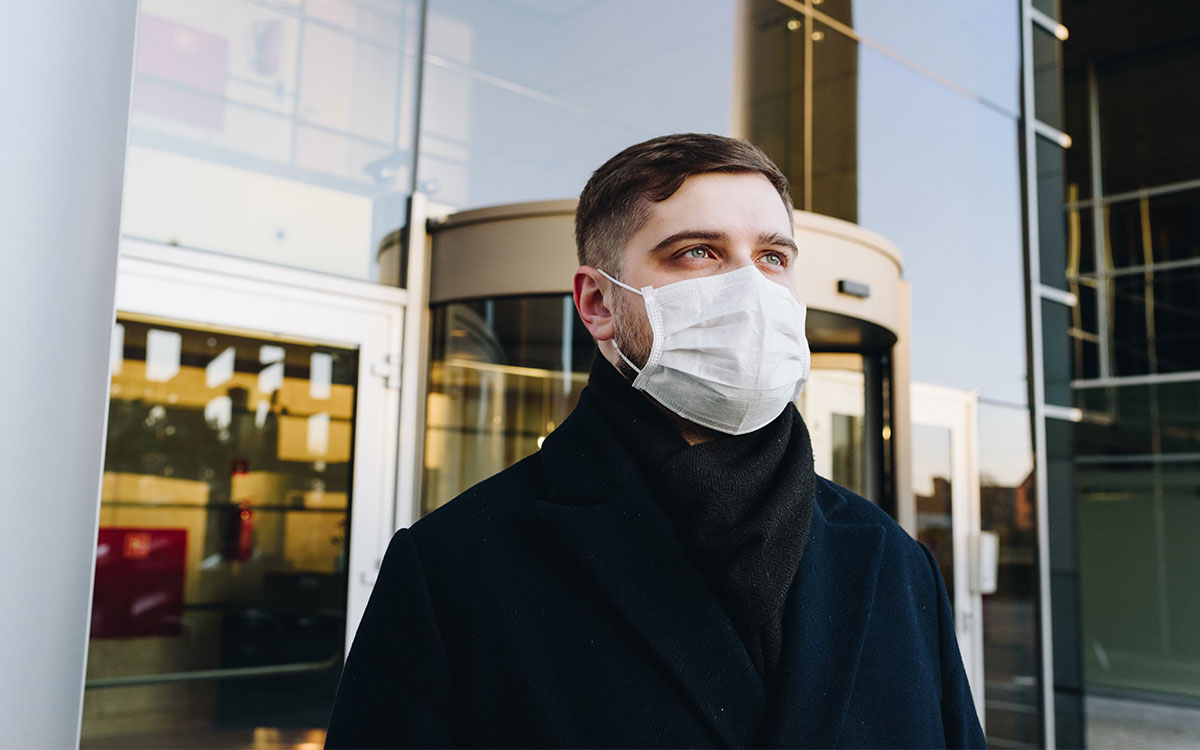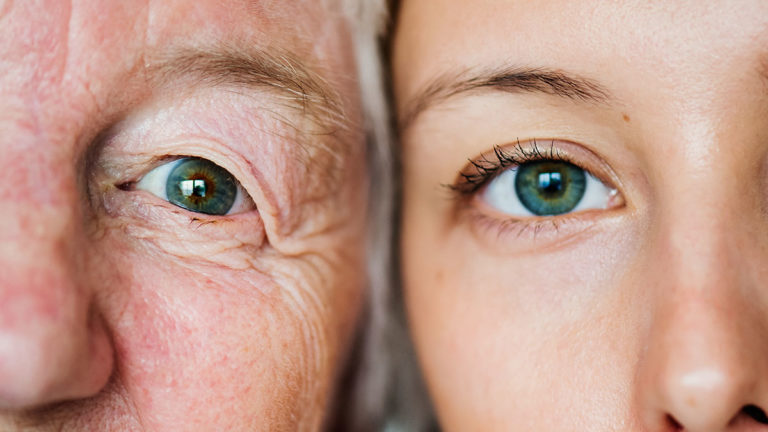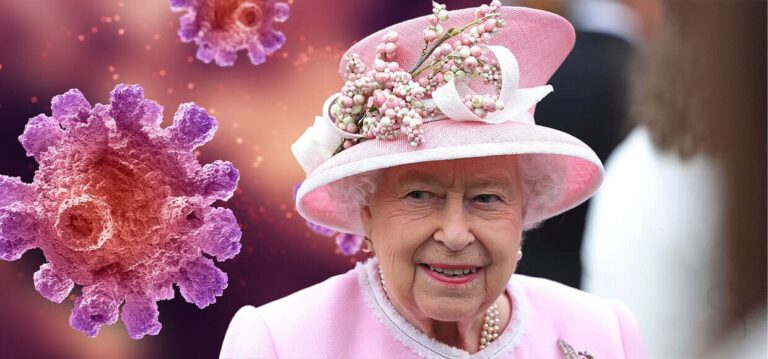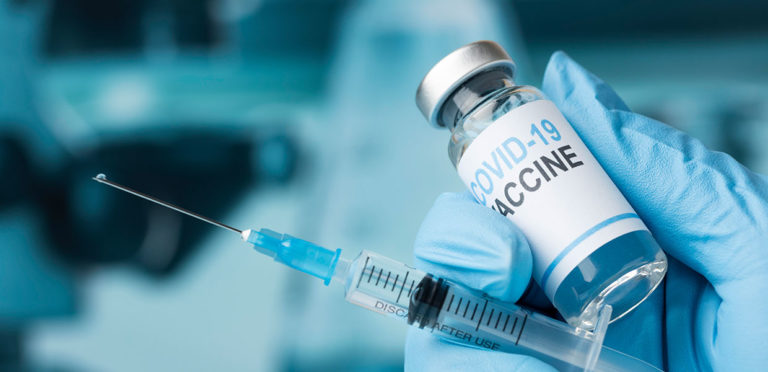Experts have anticipated that the epidemic would finish with a whimper rather than a boom for quite some time. COVID-19, in other words, will fade into the background, similar to the many other common infections that cause illness but can be treated with immunizations and medications.
In an April 2020 interview with TIME, former US Food and Drug Administration (FDA) Commissioner Dr. Scott Gottlieb predicted, “This can become a livable pathogen where it’s there, it circulates, you’ll hear on the evening news about outbreaks in a dorm or a movie theater, but people go about their normal lives.” For a while, it seemed as though the United States was approaching that point. Vaccines that were very successful came and found their way into the arms of millions of people. The Centers for Disease Control and Prevention (CDC) in the United States has reduced its recommendations for wearing face masks. By mid-June, the United States was averaging approximately 11,500 new cases each day, with fatalities and hospitalizations dropping in lockstep. Many bars and restaurants were packed to capacity, schools and offices planned to reopen, and travel was on the mend. People were, for the most part, back to normalcy.
The Second Hit- Delta Variant
The highly transmissible Delta version struck, threatening to bring everything to a screeching halt. The number of new infections in the United States is currently above 100,000 per day. Fewer people are dying or ending up in the hospital as a result of those extremely effective vaccinations than they were at comparable moments during earlier waves—but with only about half of the population completely vaccinated, millions of individuals in the United States remain as susceptible as ever. The situation has gotten so bad that the Centers for Disease Control and Prevention (CDC) advised vaccinated people in areas of the country where the virus is spiking to resume wearing masks in public indoor settings on July 27, and many schools and offices are canceling plans to reopen that had just been finalized.
The New Variant- Omicron
Early evidence suggests that Omicron is able to evade vaccine-induced immunity in a variety of ways. “Early estimates of vaccination efficacy (VE) against symptomatic illness indicate a much lower VE [against] Omicron infection compared to Delta infection,” the UK Health Security Agency recently said. Nonetheless, after a booster dose, a moderate to high [VE] of 70 to 75 percent is seen in the early period.” There’s still a lot to learn—the new studies had tiny sample numbers, antibody titers are an inaccurate gauge of immune protection, and big manufacturers have yet to provide equivalent data. Accelerating the deployment of booster doses of current vaccinations and creating new formulations better tailored to this variation might be part of the response to Omicron. Companies have said that updated or new vaccinations might be ready in a matter of months, albeit the scope and worldwide availability remain unknown.
In terms of evasion of natural immunity, a preprint publication from South Africa claims that Omicron has a considerably greater likelihood of reinfection than Delta or Beta. The substantial increase in the percentage of Omicron in samples sequenced suggests that Omicron is spreading rapidly thanks to a combination of increased infectiousness and immune evasion. We might anticipate a continuous significant rise in the number of COVID-19 patients once Omicron is created if the South African experience is replicated abroad.

How can the rest of the world learn to live with COVID-19?
What’s going on right now isn’t unique. Epidemics may terminate in one of two ways: either we break down all transmission networks and drive cases to zero, as we have done with all Ebola epidemics to far, or the illness becomes an endemic component of the infectious-disease landscape, as TB is today. A previously endemic disease, such as smallpox, is occasionally eradicated. Endemic diseases, on the other hand, are here to stay for the most part. As we explore in this paper, the transition from pandemic to endemic implies a number of practical problems. However, there will be a psychological shift as we will be deprived of the satisfaction that a clean pandemic end point would provide. Rather, societies will have to adapt to coexisting with COVID-19 in 2022 by making some deliberate decisions about how to do so.
The management of endemic COVID-19 necessitates the consideration of four intertwined aspects. To begin, society must agree on what constitutes an acceptable illness burden, and then utilize those goals to create an acceptable new normal. Then, to assess success against this standard, create new disease-management guidelines to reduce mortality, and build policies to restrict transmission, we’ll need a comprehensive methodology. These four imperatives, when combined, offer a holistic strategy to managing endemic COVID-19 (exhibit). The task is enormous, and it will necessitate participation from all sectors of society, including the government, healthcare providers, employers, the life sciences industry, and the general public.
The New Normal
Countries have gambled heavily on their inoculation programs as a ticket out of the pandemic and the key to keeping hospitalizations and fatalities low in locations where vaccine injections have been widely accessible for months, such as Europe.
Germans who have been completely inoculated within the last six months do not need to produce documentation of a negative quick test to eat inside in restaurants. They are free to meet in private without restriction and are not subject to a 14-day quarantine.
Masks are only needed in businesses or public areas in Italy, yet many individuals still wear them, even if merely as a chin protection. “My children tease me because they claim I’m vaccinated and don’t need to wear a mask, but I’ve become used to it,” Marina Castro, a Rome resident, said.
England has chosen the most extreme approach, vaccinating virtually all of its most vulnerable citizens. Despite the spike in Delta-variant infections, especially among young people, the nation lifted almost all Covid-19 restrictions on Monday.
Pubs, restaurants, and nightclubs swung their doors open wide on “Freedom Day,” as the tabloids dubbed it. Gathering restrictions were also eased, as were mask requirements. People were observed eating and sunbathing side by side in the open air.
Hope for a better future
With luck, the winter of 2025 will be typical. The growth of respiratory infections that send patients to the hospital will put a pressure on health-care systems, as it usually does. The elderly will be affected by influenza. Some children will get really unwell as a result of the respiratory syncytial virus. Covid-19, a newish seasonal illness, will also be included in the mix. It will disproportionately sicken the elderly, much more than the flu. Outside of hospitals, though, life will go on as usual.




